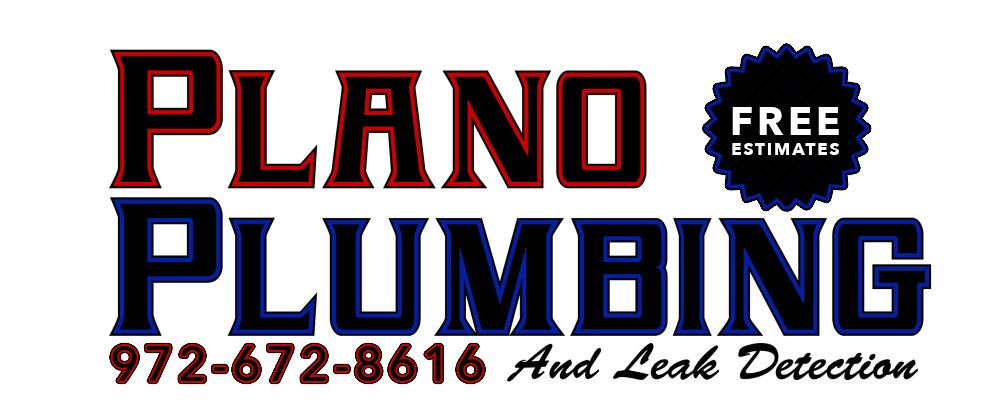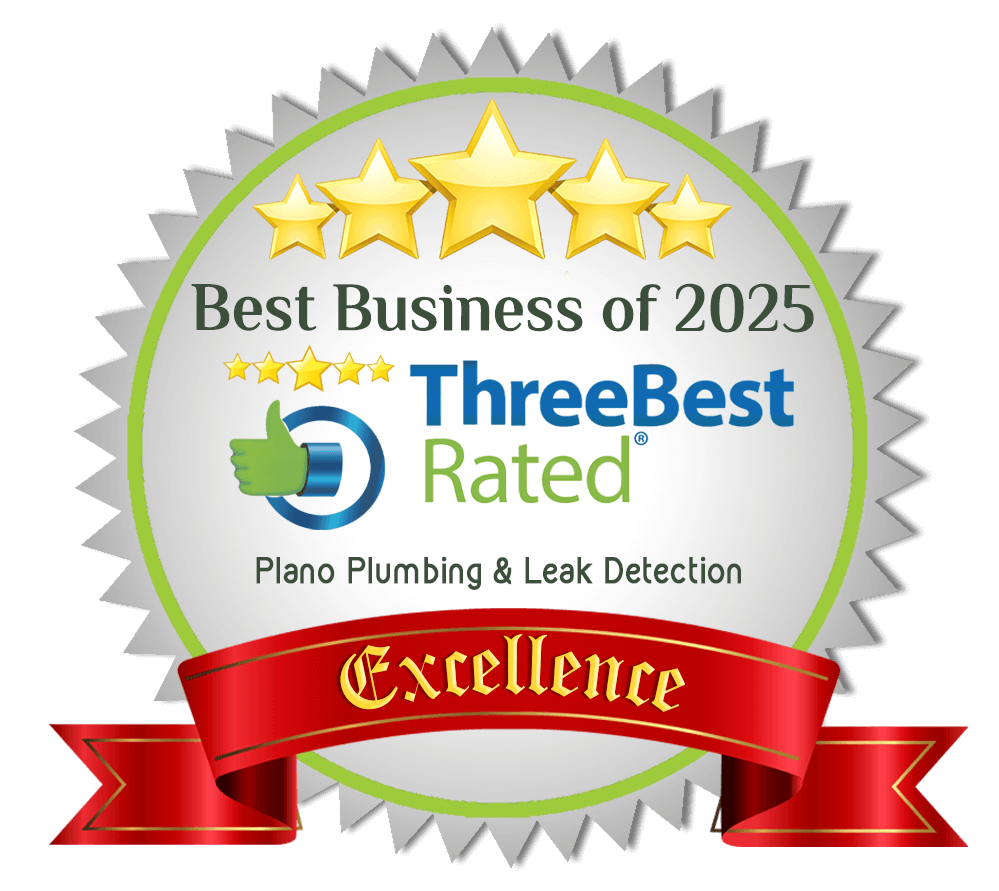Slab leaks happen when water pipes below a concrete foundation develop cracks or leaks. They can lead to water damage, mold growth, and high water bills. This guide explains the slab leak detection cost and shows how professionals find and fix these problems. We also cover tips for preventing further damage and what homeowners need to know about the cost of water leak detection.
What Causes Slab Leaks?
Slab leaks can start for several reasons:
- Corrosion in aging pipes
- Shifting soil that puts pressure on plumbing lines
- Poor construction or improper pipe installation
- Long-term wear and tear
These issues often cause cracks or pinhole leaks in pipes under the concrete slab.
Common Signs of a Slab Leak
Homeowners should watch for these warning signals:
- Puddles on the floor with no clear source
- Damp carpet or flooring
- Lower water pressure than normal
- Sounds of running water when taps are off
- Cracks in walls or flooring
- Increasing water bills without an obvious reason
Detecting these symptoms early can prevent more expensive damage later.
Why Early Detection Matters
Swift detection and repair reduce the risk of major structural damage. Quick action can also prevent mold growth and help keep plumbing repair costs low.
Factors That Affect Slab Leak Detection Cost
Several elements play a role in how much slab leak detection costs:
- Property Size
A larger home often takes more time and equipment to find leaks. - Accessibility
Pipes that are easy to reach tend to reduce labor costs. Hard-to-reach pipes may require special tools and more time. - Detection Method
Different methods come with different price tags. Specialists may use electronic equipment, infrared cameras, or pressure testing.
Understanding these factors helps homeowners plan for the cost for leak detection and set aside a budget.
Common Methods of Slab Leak Detection
- Electronic Leak Detection
Technicians use electronic devices to locate hidden leaks. This method often pinpoints the exact site, which minimizes digging. - Infrared Thermography
Infrared cameras spot changes in surface temperature to identify water leaks under the slab. - Static Pressure Testing
Professionals test the plumbing system’s pressure. Sudden drops in pressure can reveal leaks under the foundation.
Each method can influence the overall slab leak detection cost.
Typical Cost Breakdown
The cost of water leak detection usually includes:
- Inspection or service fee
- Specific detection technique (electronic, infrared, or pressure testing)
- Labor expenses
- Repair estimates (if needed)
Request a full estimate from experienced contractors to understand all costs.
Hiring a Professional
A licensed contractor has the knowledge, tools, and experience to detect slab leaks accurately. Professionals provide detailed reports and suggest repair options that fix the root cause. Their expertise helps homeowners avoid unnecessary excavation and keep overall costs in check.
DIY vs. Professional Leak Detection
DIY solutions may miss hidden leaks or lead to false conclusions. Professional methods use advanced equipment that gives accurate results. Improper DIY attempts can mean more repairs later. Hiring experts reduces guesswork and supports long-lasting repairs.
Preventing Slab Leaks
Consider these steps to reduce the risk of slab leaks:
- Schedule regular plumbing checkups.
- Watch your home’s water pressure.
- Fix minor leaks right away to prevent bigger problems.
- Keep drains and pipes clear of clogs.
Conclusion
Slab leaks can damage your home’s foundation, cause mold, and raise water bills. Early detection keeps repair costs manageable. Knowing the cost for leak detection and understanding your options empowers you to protect your property. Consult qualified professionals, compare quotes, and choose a detection method that fits your needs.
Frequently Asked Questions (FAQs)
Q: Does insurance cover slab leak detection?
A: Many policies cover leaks, but each plan differs. Ask your insurer about coverage details.
Q: How long does slab leak detection take?
A: The time varies by property size, pipe access, and detection method. It can last a few hours or up to a full day.
Q: Are all slab leaks visible?
A: No, some leaks stay hidden under flooring or inside walls. Professionals use specialized tools to find these leaks.
Q: Can a simple leak detection device spot a slab leak?
A: A basic device may locate general leaks, but slab leaks often need more precise equipment. Professionals deliver accurate results.
Q: Are temporary fixes enough for slab leaks?
A: Temporary fixes can help small leaks, but they do not solve the underlying problem. A professional repair offers a long-term solution.

